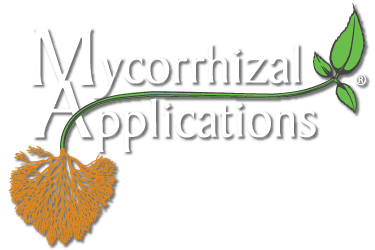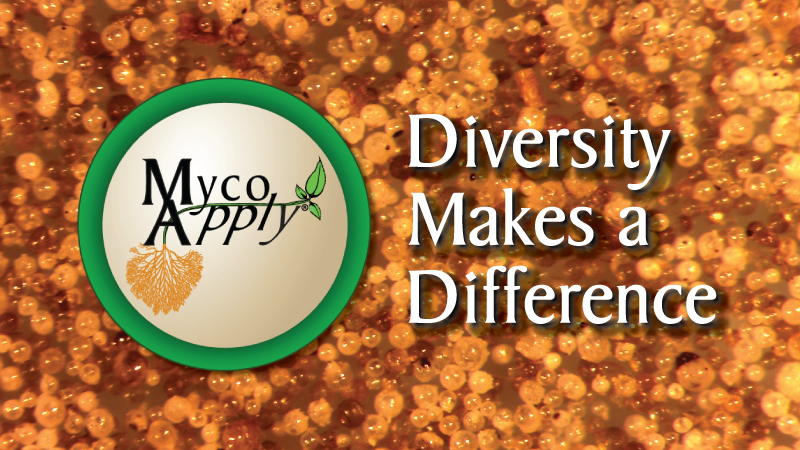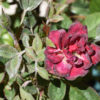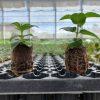Let me start out with a quick story, or parable, to illustrate the value of mycorrhizal diversity. Then I will review the science behind this metaphor. It’s Saturday, and that means you are going to work on your home projects. You grab your tool box and you begin your first repair. The towel rack in the bathroom needs to be tightened. You reach down into your tool box and luckily the one tool you have is a screwdriver. You grab the tool and quickly make the repair. Next you go to install a new family picture on the wall. Once again you reach into your tool box, and just like before you only find your screwdriver. Unfortunately, this time, the screwdriver does not do the trick and you must head down to the local hardware store to purchase the hammer you need to complete the project. Like most Saturdays, you have several more projects, and each project requires a new tool and an additional trip to the hardware store. You can see where this is going, and the fact that this will likely not be a productive Saturday, due to the lack of diversity in your tool kit.
Growers’ that use products that only contain one species of mycorrhizae are just like the individual in the story that only has a screwdriver in their toolbox. A screwdriver is a powerful tool and can be beneficial in many home repairs and growing situations. But in the end, that one tool is not capable of completing all the tasks needed by the weekend warrior or the benefits the grower’s plants could need during the crop’s production cycle. Diversity of tools in a toolbox helps both the home repairman and the grower and their plants in the greenhouse or nursery.
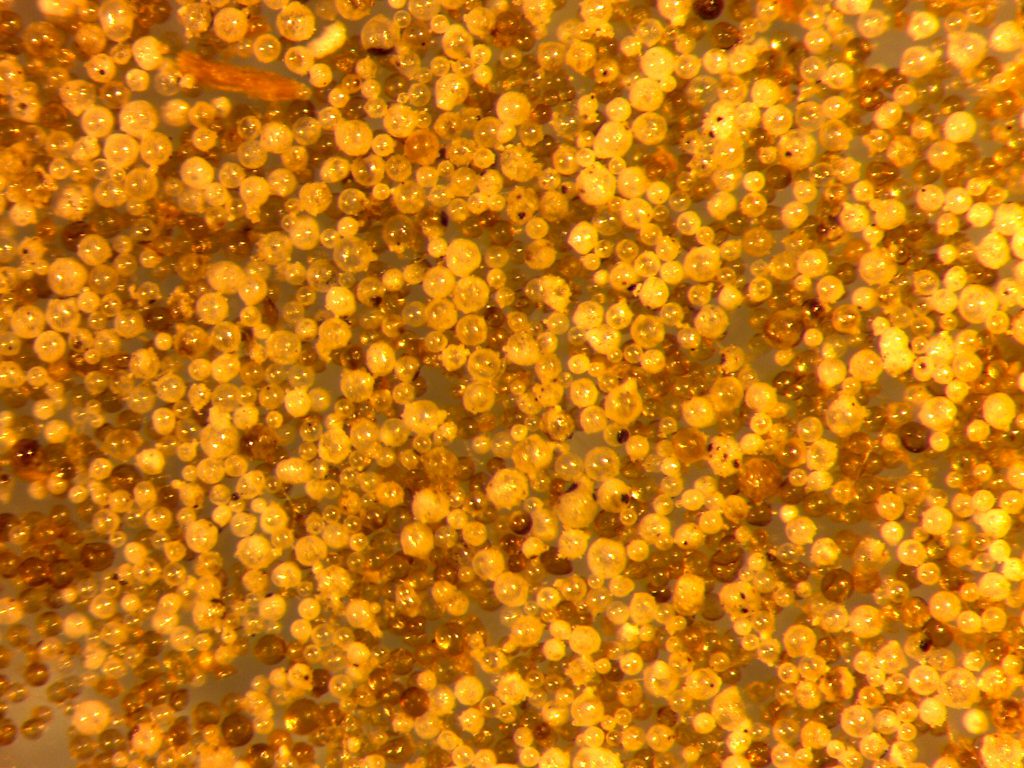
MycoApply Mycorrhizal Products offer at least 4 species of mycorrhizal fungi which provide a multitude of tools for your plants to take advantage of.
Several companies on the market offer a single species mycorrhiza to their customers. This product offering is often offered as either a component of a growing mix or is sold separately. The single species most commonly offered is Glomus intraradices (AKA Rhizophagus irregularis). This mycorrhizal species certainly is a powerful beneficial fungus, and probably the most studied mycorrhizae by academics. However, just like all living things on earth, it has it strengths and limitations.
Endomycorrhizae are the type of mycorrhizae associated with most plants greenhouse and nursery growers produce. These types of mycorrhizae are considered “generalists.” Meaning, one fungal species may form associations with many different plant species in many types of growing situations, regions, soils, etc. In other words, there is low plant specificity. A single host plant can also have mycorrhizal associations with several different fungal species. And these multiple connections can even happen at the same time. Additionally, each species of mycorrhizae colonizes the roots at a different speed. If you only use one species, you only get one speed, and one set of benefits. Also, each species colonizes to a different extent. More colonization by one species is not necessarily better, but overall more colonization by more species is ideal.
Over the years, Mycorrhizal Applications has cooperated with university researchers, extension agents and growers to develop our current four species consortium. The four species Endomycorrhizal blend contains Glomus intraradices, Glomus mosseae, Glomus aggregatum and Glomus etunicatum. Each of these species was selected to maximize the potential cumulative mycorrhizal benefits a plant might need. In fact, it was only within the last ten years that Mycorrhizal Applications moved to our current four species blend instead of a three-species blend. Different mycorrhizal species are responsible for different functional plant benefits. Each species complements each other. The more mycorrhizal species available to a plant means the more possible benefits they can offer the plant.

The standard endomycorrhizal consortium offered in MycoApply products contains 4 scientifically selected species of mycorrhizae to provide diversity of beneficial fungi in your rhizosphere.
One of the ideals most growers strive for is the ability to repeat upon a previous success. The goal is to create a programmable production protocol for each crop they produce. However, many environmental factors impact a plant during its production in a greenhouse or nursery that can make it difficult to repeat upon a prior success. When a grower uses only one species of mycorrhizae they are limited in the ability of the organism to respond to abiotic changes in the production environment. Utilization of a four-species mycorrhizal blend allows plants and the corresponding mycorrhizae consortium to respond more positively over a wider range of environmental conditions than a single species could. As we all know, the rhizosphere is in a state of constant flux. Changes occur in soil moisture and nutrient availability (particularly phosphorus) daily and this changes seasonally in the production environment. Growers cannot control every element within this environment, however with a broader portfolio of mycorrhizae they can reduce variability and come closer to their goal of a programmable production protocol.
Plants, just like humans, have a lot of internal variables. A plant’s phenology can be a factor in which mycorrhizae species is more attractive to the plant. Since horticulturists could be treating plants with mycorrhizae during propagation, production, at landscape installation, or in a finished container, it is best to have more mycorrhizal diversity to offer the plant if you want a greater chance for success for this important bio-stimulant. A plant’s internal processes, or plant physiology, can also dictate which mycorrhizal species are chosen to develop a relationship by the plant.
Our goal as growers has always been to maximize the tools in our tool box. Usage of the MycoApply four-species consortium supports this objective. In summary, diversity of species within a mycorrhizal inoculant is a critical factor in increasing the odds for future crop success, and this diversity is what sets the MycoApply brand apart from the rest.

The grasses on the left were grown with a single species of endomycorrhizae: Glomus intraradices (AKA Rhizophagus irregularis) The grasses on the right were grown with the MycoApply 4-species consortium containing: Glomus intraradices, Glomus mosseae, Glomus aggregatum, and Glomus etunicatum
Article by: Blair Busenbark
Mycorrhizal Applications – Sales & Commercial Marketing Manager
January 21, 2019
